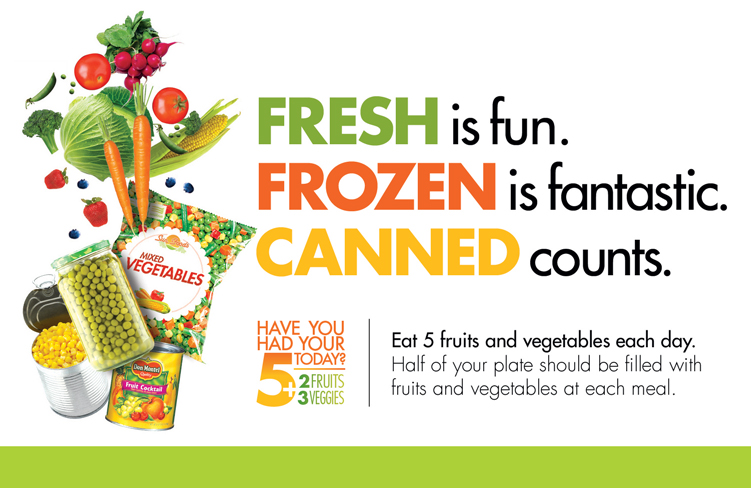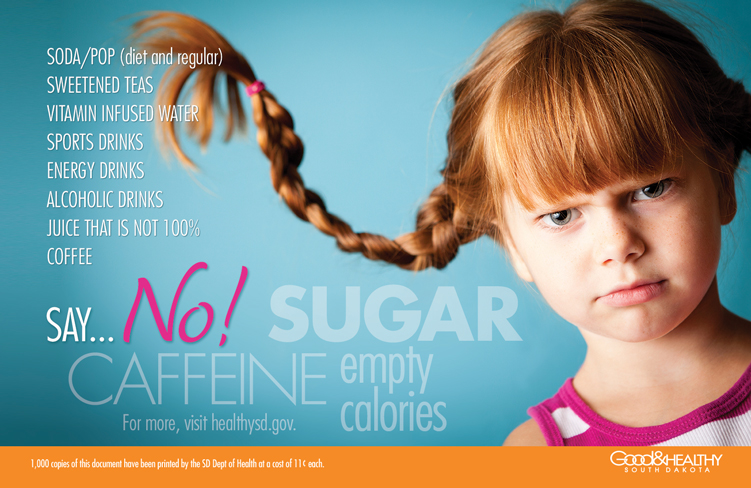Convenience stores are stocked with lots of quick and easy sweet treats. While it might be tempting to grab a surgery snack when you’re in a hurry, you won’t get much nutrition from it. The high sugar content in some processed sweets or candy can actually make you more hungry and even drain your energy.
So, how can you avoid the dreaded sugar crash? Choose snack options that are less processed and don’t include artificial sugars or salt. Keep reading for healthy snack ideas for your next quick trip to the grocery store or when you’re in the car and on the go.
Before You Buy
Think about what you want from your snack. Healthy snacks may seem boring or might not be exactly what you are craving. When you need a little pick-me-up, more energy, or something filling and nutritious, we have a few tips to keep in mind before you walk through the aisles:
Snacks that crunch keep the munchies away
Fresh fruit, nuts and seeds, veggies, rice cakes, or popcorn (a good-for-you whole grain) are all options that provide a nice dose of fiber and help satisfy your cravings.
Rethink your drink
Soda and energy drinks can contain tons of sugar and artificial flavors and colors that work against your healthy intentions. Plain or sparkling water with a twist of fruit can quench your thirst and satisfy your craving for bubbles. Unsweetened tea or coffee will give you a small dose of caffeine to help give you a short energy boost. Go easy on fruit and vegetable juice—choose options that are 100% juice and grab smaller sizes to avoid sugar overload.
Hunger busters
There are plenty of nutritious snack options that can fill you up like hummus or peanut or other nut butters. Pair with carrots, celery, snow peas, tomatoes, or pretzels for a satisfying snack. Crackers with cheese, tuna or salmon are also great options to curb your hunger. Low-fat or fat-free yogurt with fruit or fruit and veggie smoothies are a refreshing and filling option—just watch the sugar content and enjoy in smaller doses!
Sweet-tooth tested
Sometimes we just need a sweet treat. Before you reach for the candy bar try a handful of dried fruit or single-serving of canned fruit in natural juice or light syrup. If a cookie, cupcake, or baked treat is what you are craving, limit the number you eat and add a side of fresh fruit or nuts for a little extra dose of fiber and some crunch.
On-the-Go Snack Shortlist
Here are a few great go-to snacks you can find in most grocery stores and even in many convenience stores. When you pre-plan and try to balance your snack cravings with healthy options you will feel more satisfied. And as a bonus, you’ll get the nutritional benefits too!
Jerky or Meat Sticks
Jerky and meat sticks are easy to grab when you’re headed out the door—and they travel easily! Just three ounces of beef, chicken, or turkey jerky can give you a protein boost of over 25 grams. Pair it with some fruit or cheese and you have a tasty and filling snack that will keep the munchies at bay.
Tip: Be sure to choose low-sodium options. Varieties with lots of spices can contain hidden salt and sugar.
Roasted Chickpeas, Pumpkin or Sunflower Seeds
Roasted chickpeas or pumpkin seeds are a fun, crunchy, bite-sized snack that are tasty and packed with protein and fiber which will help you feel fuller longer. They’re also gluten-free and full of healthy fats for energy and brain health! Pumpkin and sunflower seeds are rich in vitamins and minerals like iron, calcium, and magnesium. Magnesium is a mineral we often don’t get enough of and helps with hydration and bowel and brain health.
Tip: If you can’t find roasted chickpeas in the store—make your own! Drain a can or two, spread them on a clean kitchen towel and gently dry them with a paper towel. Transfer to a baking sheet, spread evenly, drizzle with a little olive oil, and sprinkle with sea salt. Roast at 425-degrees for 20-30 minutes.
Mixed Nuts
Mixed nuts often include peanuts, almonds, walnuts, Brazil nuts, cashews, hazelnuts, and pecans and are a great source of protein. Be careful not to confuse mixed nuts with trail mix. Trail mixes can have high sugar content and added artificial ingredients. Your best nutritional bet is to go with the simple nut and dried fruit combinations—just as nature intended!
Tip: Watch out for varieties with extra flavorings or heavy amounts of sweetened ingredients like candy-coated nuts or chocolate. A little is okay, but short and simple ingredient lists are always better!
Celery or Carrots with Peanut or Almond Butter
This combination is great for sneaking in veggies without feeling like you’re missing out on a treat. Peanut or other nut butters add a nice little dose of protein. Pop on a few dried raisins or cranberries for a little extra zing!
Storage Tip: Save used baby food jars and use them as storage containers. It’s the perfect size to store snack-sized peanut butter portions. Then dip your celery without leaving a mess behind!
Mandarin Oranges
Cute little mandarin oranges are perfect for throwing in a bag of any kind as their peel will protect the delicious fruit inside. Plus, these little sweeties are packed with beta-carotene. Your body turns beta-carotene into vitamin A which helps with growth and development, and vision, and boosts your immune system!
Serving Suggestion: pair a mandarin orange with a handful of nuts to satisfy the salty-sweet craving. Or have them with a slice of cheese or cheese stick for a fill-you-up snack.
String Cheese
The perfect snack that’s low on calories and full of protein. Take a bite with an apple slice, a grape or a cocktail tomato for a fresh flavor burst, added fiber, and a dose of vitamin C.
Remember: Make sure to store string cheese in a lunch box with an ice pack so it can remain cold.
Apple Slices
The old saying of “an apple a day” still rings true. Apples are a good source of vitamin C and potassium. Their high fiber and low-calorie content can make them a weight-loss- friendly food. Whole or sliced varieties are easy to find all year round.
Tip: Need to slice ahead of time? Brush 100% lemon juice on the apple slices to keep them from turning brown.
Hummus
Hummus is a high-protein option and a great replacement for ranch dressing. You can find it in single-serve containers, often with pretzels. Add a few carrots, celery, or some vitamin-packed bell pepper slices and you’ve got a crunchy, tasty, and filling treat that’s a healthy alternative to potato chips.
Tip: Cut bell peppers (also called sweet peppers) into slices or chunks for easy access when traveling. Or grab a bag of mini-peppers for bite-size snacks. Bell peppers are a great source of fiber and vitamin C to keep your immune and digestive systems running smoothly!
Hard Boiled Eggs
Hard boiled eggs are a nutrient-dense, protein-packed snack that’s under 100 calories! When served with a piece of fruit, a handful of nuts, or a little cheese—it can almost feel like a quick and easy meal.
Serving Suggestion: Place eggs in saucepan and cover with 1 inch of water. Bring water to a rolling boil. Turn heat off, cover the pan, and let sit for 15 minutes. Run eggs under cold water and store for 4-5 days. If you peel them they should be eaten within a day or two. Make sure to store eggs in a lunch box with an ice pack so they can remain cold.
Rice Cakes
Rice cakes can satisfy your crunchy cravings and are a good source of protein and manganese (especially brown rice versions). Stick with plain unflavored variations and top with your favorite peanut or nut butter and berries for a delicious treat!
Tip: Use caution with flavored rice cakes like chocolate, caramel corn or white cheddar. They can contain added ingredients that bump up the sugar and salt content.
Whole-Grain Crackers and Tuna
Tuna’s list of nutritional benefits is long. It’s heart-healthy, reduces blood-pressure, boosts the immune system and circulation, contains tons of antioxidants, helps strengthen your bones, improves your skin, and is good for your eyes. Plus it’s a yummy and filling snack when you need more than a treat but don’t have time for a full meal.
Tip: Single-serve canned or tuna in pouches make this snack easier and more accessible when you’re on the go.
Processed sugary snacks aren’t your only option while on the go. Take the time to look for healthier options at the convenience store or when you’re shopping in a hurry. Grab and go with the healthier snacks to avoid a sugar crash. With a little bit more planning, you can make snack choices that lead to long-term healthy habits!



